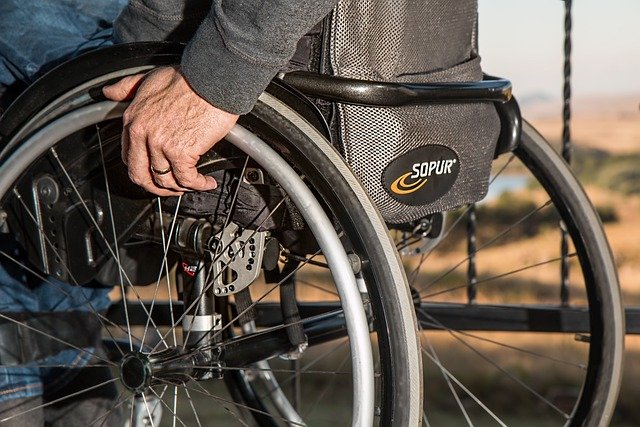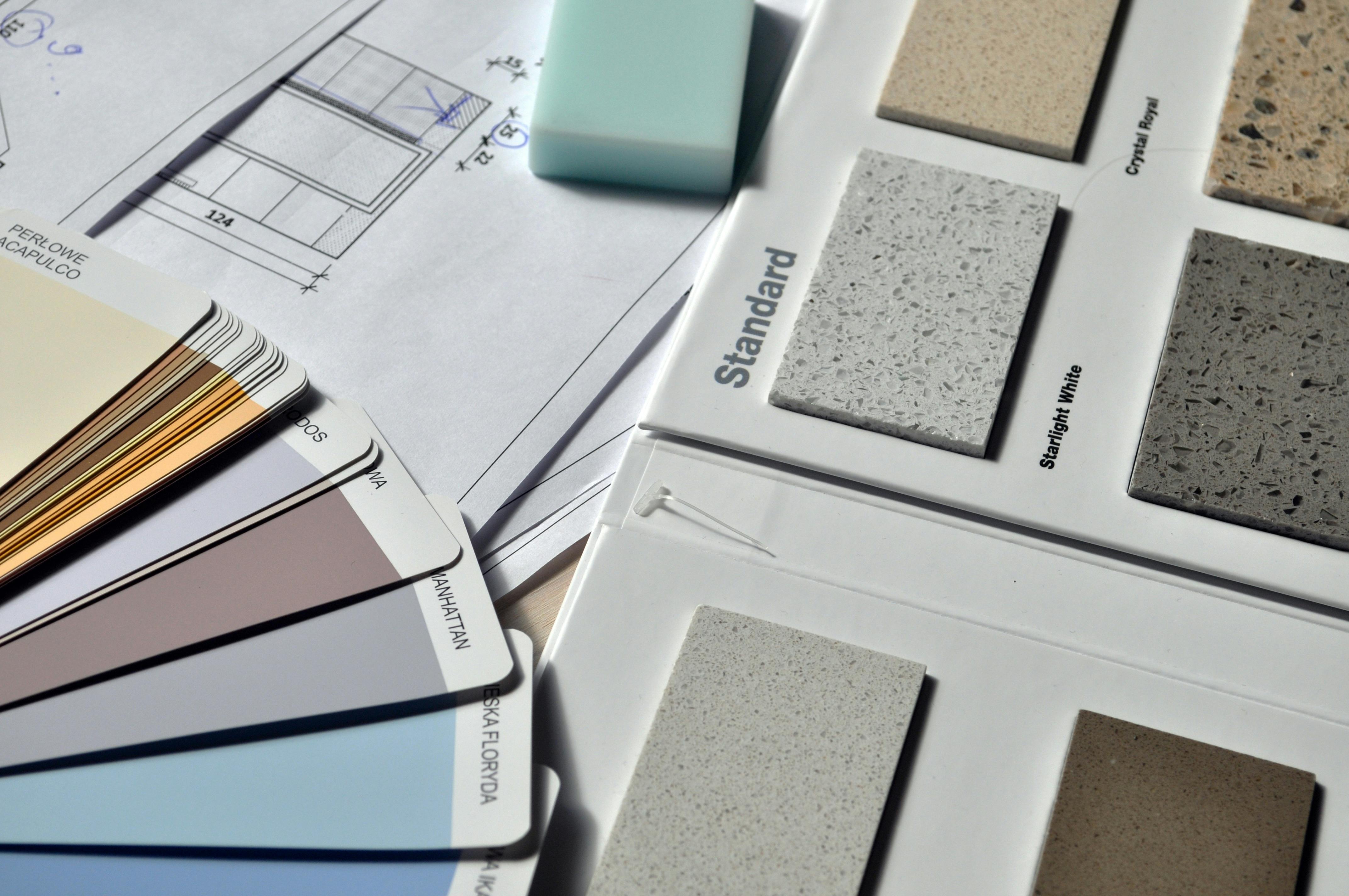Standards and Safety: Regulations Guiding Handicap-Accessible Play Equipment
Inclusive playgrounds rely on strict safety codes and detailed design standards. This article explains the key regulations, how equipment is tested and certified, and how these rules create safe, welcoming play spaces that all children can enjoy together.

Overview of National and International Standards for Accessible Playgrounds
The Americans with Disabilities Act (ADA) serves as the primary federal legislation governing playground accessibility in the United States, requiring public playgrounds to meet specific accessibility standards. The ADA Accessibility Guidelines for Play Areas mandate that newly constructed and altered play areas provide accessible routes to elevated play components and ground-level play activities. These standards require at least 50 percent of elevated play components to be accessible when a play area contains 20 or more elevated play components.
Internationally, the ISO 14001 environmental management standard and various regional accessibility codes complement national regulations. The European Committee for Standardization has developed EN 1176 and EN 1177 standards, which address playground equipment safety and impact-absorbing playground surfacing requirements. These international standards often influence domestic regulations and help manufacturers develop equipment suitable for global markets.
The Consumer Product Safety Commission (CPSC) provides additional guidance through its Public Playground Safety Handbook, which addresses design considerations for accessible playground equipment. This resource emphasizes the importance of creating play environments that accommodate children with physical, sensory, and cognitive disabilities while maintaining safety for all users.
How Safety Testing Ensures Reliable Equipment Performance
Comprehensive safety testing protocols evaluate playground equipment through multiple assessment phases before installation. Manufacturers must conduct structural integrity tests that simulate years of use through accelerated wear testing, ensuring equipment can withstand repeated stress from active play. These tests include load-bearing assessments, weather resistance evaluations, and material durability studies.
Third-party testing organizations perform independent evaluations of playground equipment to verify compliance with safety standards. These assessments examine critical safety features such as entanglement hazards, head and neck entrapment risks, and fall zone requirements. Equipment must pass impact testing to demonstrate proper energy absorption and minimize injury risks during falls.
Regular post-installation inspections maintain equipment safety throughout its operational lifetime. Qualified inspectors examine structural components, hardware integrity, and surface conditions to identify potential safety concerns before they become hazardous. Documentation requirements ensure maintenance teams can track equipment condition and schedule necessary repairs or replacements promptly.
The Role of Universal Design in Inclusive Play Environments
Universal design principles guide the creation of playground environments that accommodate users of all abilities without requiring specialized adaptations. This approach integrates accessibility features into the fundamental design rather than adding them as afterthoughts, creating more cohesive and aesthetically pleasing play spaces.
Sensory-rich play elements serve children with different learning styles and abilities, incorporating tactile, auditory, and visual stimulation into playground designs. These features benefit children with sensory processing differences while enhancing the play experience for all users. Examples include musical instruments, textured surfaces, and interactive panels that respond to touch or movement.
Varied challenge levels within playground equipment accommodate different physical abilities and developmental stages. Designers incorporate multiple ways to access elevated play structures, including ramps, transfer platforms, and ground-level alternatives. This approach ensures children can participate in playground activities regardless of mobility limitations while maintaining appropriate challenge levels for continued development.
Clear sight lines and intuitive navigation paths help children with visual or cognitive differences successfully navigate playground environments. Design elements such as contrasting colors, tactile guidance systems, and logical equipment placement create more inclusive spaces that promote independent play and exploration.
Equipment costs for accessible playground installations typically range from $15,000 to $100,000 depending on size, complexity, and accessibility features. Several manufacturers specialize in creating compliant equipment that meets both safety and accessibility requirements.
| Equipment Type | Provider | Cost Estimation |
|---|---|---|
| Accessible Swing Sets | Landscape Structures | $3,000 - $8,000 |
| Inclusive Play Structures | GameTime | $25,000 - $75,000 |
| Sensory Play Panels | Kompan | $1,500 - $4,000 |
| Accessible Spring Riders | PlayCore | $800 - $2,500 |
| Musical Play Equipment | Percussion Play | $2,000 - $12,000 |
Prices, rates, or cost estimates mentioned in this article are based on the latest available information but may change over time. Independent research is advised before making financial decisions.
The implementation of comprehensive safety standards and accessibility regulations creates playground environments where all children can engage in meaningful play experiences. These guidelines continue evolving as research advances understanding of inclusive design principles and safety requirements. Communities investing in accessible playground equipment contribute to creating more equitable recreational opportunities while ensuring long-term safety and durability through proper testing and compliance protocols.




